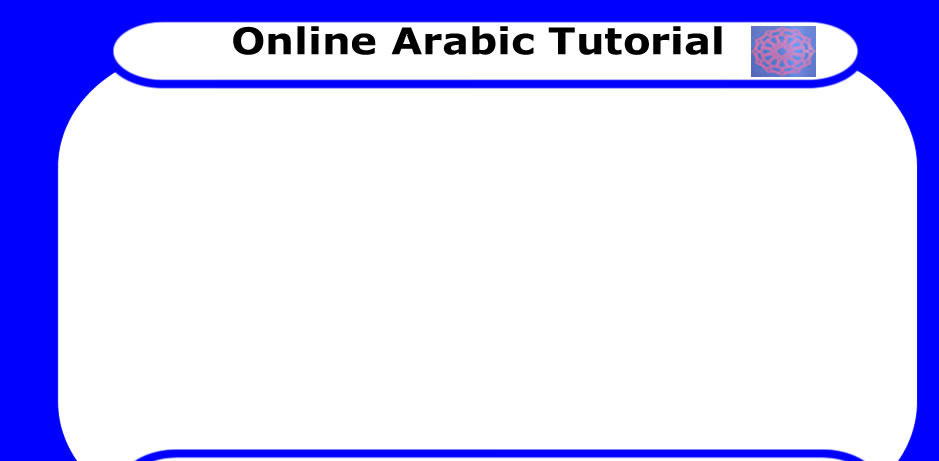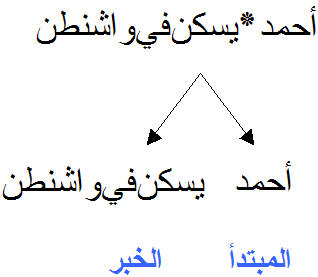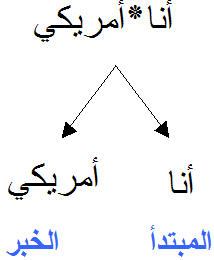






 |
||||||||
 |
 |
|||||||
 |
 |
 |
 |
|||||
Lesson 2.6 (page 2 of 2)
Sentences![]() and
and ![]() contain verbs. They are still considered
contain verbs. They are still considered![]() because they begin with nouns. Sentences,
because they begin with nouns. Sentences, ![]() on the other hand, have no overt verbs, because the verb “to be” in the present tense is understood but not expressed in Arabic. To understand this kind of
on the other hand, have no overt verbs, because the verb “to be” in the present tense is understood but not expressed in Arabic. To understand this kind of![]() , it is necessary to determine where the meaning am/are/is belongs in the sentence, what is the subject and where is the predicate.
, it is necessary to determine where the meaning am/are/is belongs in the sentence, what is the subject and where is the predicate.
The parts of ![]() are called
are called ![]() subject, and
subject, and ![]() predicate (literally new information and what is being related to the subject)
predicate (literally new information and what is being related to the subject)
 lfldkfldkf;ldkflkf;dfdklfdka;
lfldkfldkf;ldkflkf;dfdklfdka; 